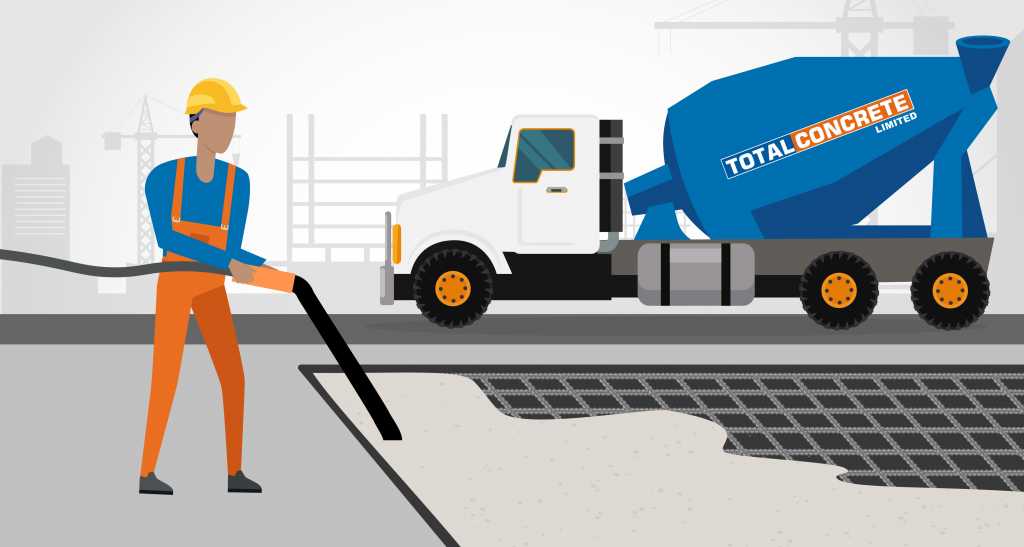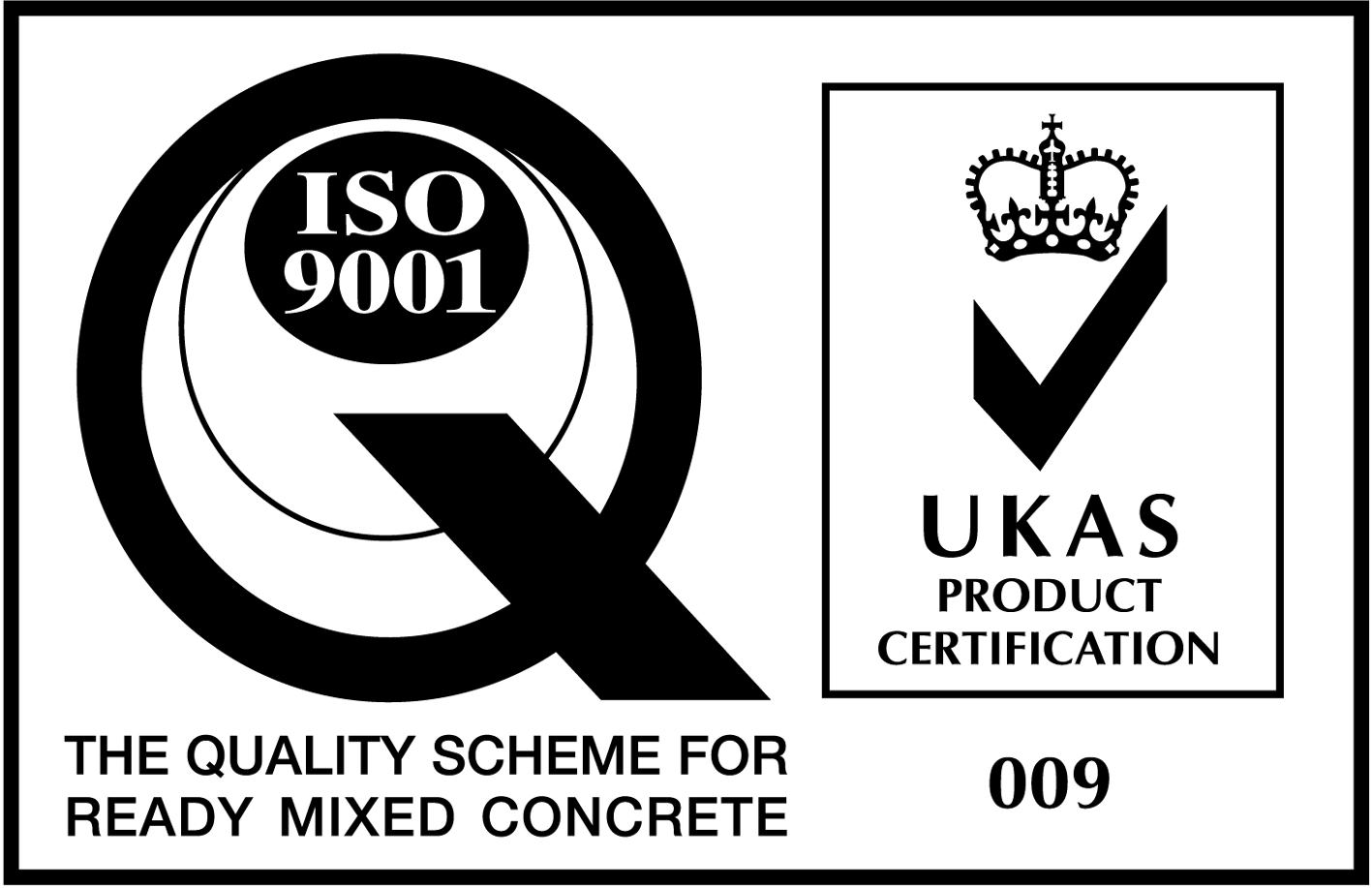When Do You Need Reinforced Concrete?
Concrete is one the strongest and most resilient surface materials on Earth – and yet there are circumstances where it simply isn’t strong enough. For some tasks, textured steel reinforcements known as ‘rebar’ or ‘rebar mesh’ must be added to the concrete to increase its overall strength.
It may seem strange to imagine a scenario in which concrete isn’t strong enough for a task — but it’s more common than you think. In fact, reinforced concrete is found in a huge range of structures across the world.
In this article, we explain a little more about what reinforced concrete is, when it is needed and where it is used.

What is reinforced concrete?
Reinforced concrete is concrete embedded with steel reinforcements.
Known as ‘rebar’, these steel reinforcements may come in the form of steel rods, steel wires or steel cables. The steel bonds with the concrete to support higher loads, reduce cracking and constrain walls.
Read on to learn when steel-reinforced concrete should be used. To learn more about reinforced concrete itself and how it works, take a look at our previous article.
What are the properties of reinforced concrete?
The key property of reinforced concrete is its strength. Reinforced concrete has both high tensile strength and high compressive strength, making it an ideal construction material.
However, reinforced concrete also has many other properties that give the material an advantage over alternatives.
- Durability
Reinforced concrete is exceptionally durable and will maintain its impressive strength long into the future.
Concrete also has low permeability, which prevents it from deteriorating as a result of sulphates, chloride and carbon dioxide. This makes reinforced concrete ideal for underwater applications.
- Economical
In general, the production cost of concrete is very low. This makes it an economical choice to begin with.
However, reinforced concrete also has low maintenance requirements. Any extra costs in the supply and embedding of the steel reinforcements are usually offset by the low maintenance and labour costs.
- Fire resistant
Reinforced concrete does not catch fire or burn and can withstand heat for 2-6 hours, allowing enough time for emergency services to intervene.
- Ductility
Adding steel reinforcements to concrete increases its ductility. This means that the concrete will show greater signs of distress such as cracking and deflection. Greater ductility is considered a good property because it enables engineers to spot concrete damage early and employ a suitable response.
- Seismic resistance
High tensile strength makes reinforced concrete extremely resistant to earthquakes.
Why is reinforced concrete important?
Concrete without reinforcements is high in compressive strength but weak in tension.
Steel has high tensile strength, meaning it can resist huge lateral forces from pulling it apart. Combining steel with concrete creates a composite material high in both strength and tension.
Reinforced concrete is important when both high compressive strength and tension is required in a structure. It is mainly used in applications that are required to withstand natural disasters such as earthquakes and hurricanes.
Greater compressive strength also means reinforced concrete should maintain its properties for a longer duration, making it crucial for use in buildings and other structures that need to be secure for a long period of time.
What applications is reinforced concrete best suited for?
Reinforced concrete is typically used in large-scale construction projects and for the foundations of houses and similar buildings in domestic construction. Let’s take a look at reinforced concrete applications in greater detail:
- Large buildings
Reinforced concrete is typically used in the construction of floor, roof slabs and beams in tall buildings. The material is favoured because of all the properties we mentioned earlier — strength, fire resistance, durability and cost effectiveness.
- Bridges
Reinforced concrete is often favoured over steel in the construction of bridges because it provides an aesthetic and economically superior alternative.
- Roads
The strength of reinforced concrete makes it ideal for roads with heavy traffic or for high-duty roads such as runways that carry aeroplanes and other heavy vehicles.
- Water-based structures
Reinforced concrete is ideal for use in water-based applications. This includes wharfs, quay walls, caissons and floating docks. It can also be used in sewage pipes and dams.
- Foundations
Reinforced concrete can be found in almost all foundations, including piles and rafts. You’ll typically hear of reinforced concrete being used in the foundations of houses, but it may also be used in the foundations of various types of bridges and buildings.
Where can I buy reinforced concrete?
As a specialist material used in heavy-duty applications, reinforced concrete should always be purchased in a high-quality mix. You should source your reinforced concrete from a reputable and accredited supplier with many years of experience. Make sure the concrete is produced to BSI & NHBC standards to ensure a quality finished product.
Total Concrete is the leading supplier of concrete across Surrey, Guildford, Woking and the surrounding areas. From our state-of-the-art batching plant, we produce high-quality concrete mixes made to the specific needs and specifications of your project. We offer high-strength concrete perfect for commercial, industrial and domestic projects. Our concrete is produced to BSI & NHBC standards and is praised for its high strength and durability.
We offer same-day and next-day delivery where available. Get in touch with our team today to discuss your needs. Alternatively, place your order through our simple ordering process.
 Trade Zone
Trade Zone
